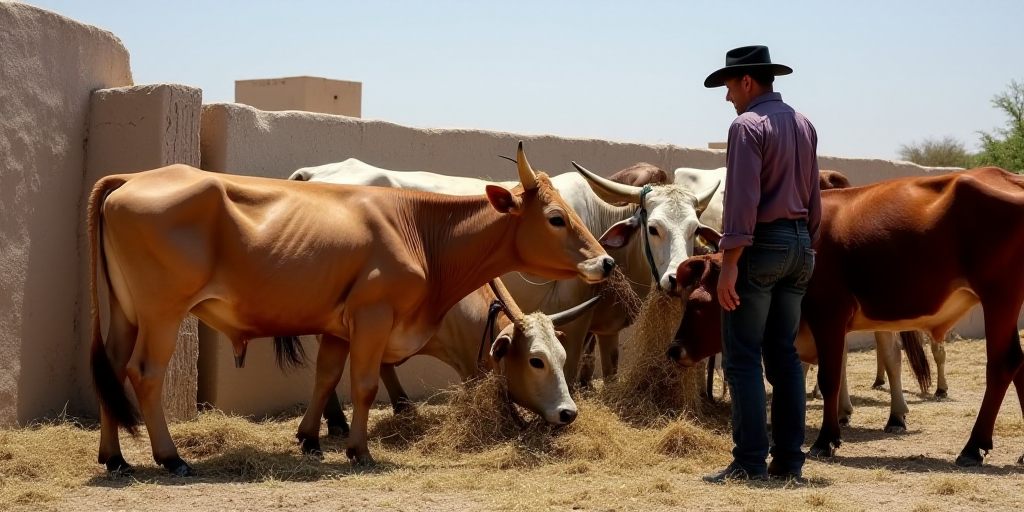Introduction to the Human Drainfly Infestations in Mexico
In recent developments, the Mexican health authorities have reported two confirmed cases of human drainfly infestations (miasis) caused by the Cochliomyia hominivorax larvae in the southern state of Chiapas. As of now, no human cases have been reported in Oaxaca.
What are Drainflies and Their Impact on Humans?
The drainfly, scientifically known as Cochliomyia hominivorax, is a type of fly whose larvae are responsible for causing myiasis in humans and animals. These flies typically lay their eggs on open wounds of animals, but in rare instances, they can infest humans. The larvae feed on the host’s non-viable tissue, leading to myiasis.
The Relevance of Cochliomyia hominivorax
Cochliomyia hominivorax, commonly referred to as the screwworm fly, is a significant agricultural and medical pest. Its larvae can cause severe damage to livestock and pets by infesting their open wounds, leading to tissue necrosis. In humans, myiasis caused by this fly can result in skin ulcers and, in extreme cases, systemic infections.
Current Situation in Chiapas and Oaxaca
The Mexican Secretary of Health has confirmed two human cases of drainfly infestations in Chiapas. These cases involve individuals with open wounds that became infested with the larvae of Cochliomyia hominivorax. Health authorities in Chiapas are actively monitoring and managing these cases to prevent further spread.
In Oaxaca, there have been no reported human cases of drainfly infestations caused by Cochliomyia hominivorax as of now. However, local health officials remain vigilant and prepared to address any potential cases.
Prevention and Management
Preventing drainfly infestations in humans involves maintaining proper wound care, especially for those with open sores or wounds. Prompt medical attention is crucial to prevent larval infestation. In cases where infestations occur, treatment typically involves surgical removal of the larvae followed by appropriate wound care and antibiotics to prevent infection.
Public Health Measures
Health authorities in affected regions are implementing measures to control the screwworm fly population, including:
- Intensive surveillance to detect and eradicate breeding sites
- Application of insecticides to eliminate adult flies
- Public health education campaigns to raise awareness about prevention and early detection
Key Questions and Answers
- What are the two confirmed human cases of drainfly infestations in Chiapas about?
The two confirmed cases in Chiapas involve individuals with open wounds that became infested with the larvae of Cochliomyia hominivorax. Health authorities are managing these cases to prevent further spread.
- Have there been any human cases reported in Oaxaca?
No human cases of drainfly infestations caused by Cochliomyia hominivorax have been reported in Oaxaca as of now.
- What is the significance of Cochliomyia hominivorax?
Cochliomyia hominivorax, or the screwworm fly, is a major agricultural and medical pest. Its larvae can cause severe damage to livestock and pets by infesting their open wounds, leading to tissue necrosis. In humans, myiasis caused by this fly can result in skin ulcers and, in extreme cases, systemic infections.
- How are health authorities addressing the situation in Chiapas?
Health authorities in Chiapas are actively monitoring and managing the confirmed cases, implementing measures to control the screwworm fly population, and providing treatment for infested individuals.
- What preventive measures can be taken against drainfly infestations?
Maintaining proper wound care, especially for those with open sores or wounds, is crucial. Prompt medical attention can prevent larval infestation. In cases of infestations, treatment typically involves surgical removal of the larvae followed by appropriate wound care and antibiotics.






